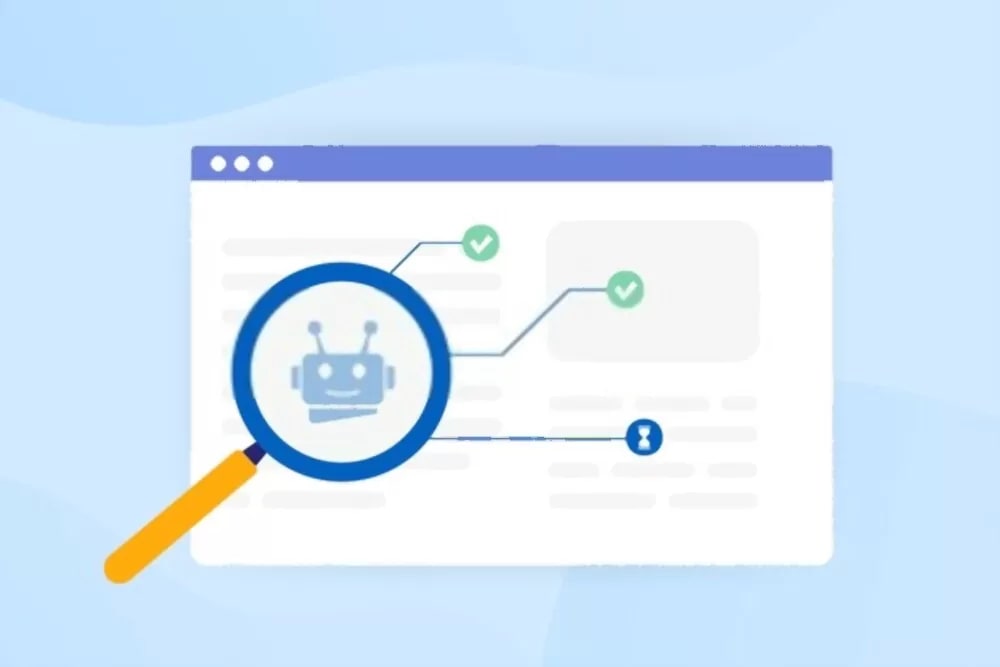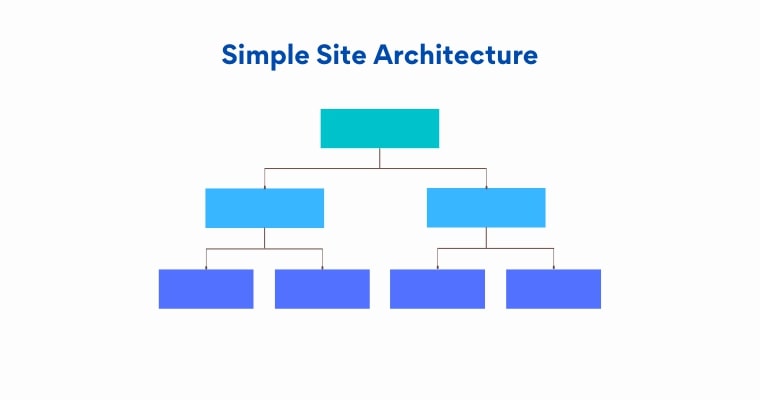
Technical SEO is the process of optimizing a website’s technical elements to improve its search engine visibility and user experience. This includes optimizing aspects such as website speed, crawl ability, indexability, mobile-friendliness, and site architecture, among others.
Technical SEO aims to ensure that search engines can easily crawl and index a website’s pages, as well as identify the most important pages. It also focuses on improving user experience by making the website faster, mobile-friendly, and easy to navigate.
Some of the key technical SEO elements include using a sitemap, optimizing the robots.txt file, fixing broken links, using meta tags, canonical tags, and no index tags, optimizing images and videos, using a content delivery network (CDN), and implementing clear navigation and internal linking.By optimizing these technical elements, a website can improve its search engine rankings and attract more traffic. Technical SEO is a crucial part of any SEO strategy, as it ensures that a website is optimized for search engines and provides a positive user experience.
TECHNICAL SEO FACTORS
- Website speed
- Crawlability
- Indexability
- Mobile-friendliness
- Site architecture
WEBSITE SPEED

Website speed is a critical factor in technical SEO, as it can significantly impact user experience and search engine rankings. The faster a website loads, the more likely users are to stay on it, engage with its content, and convert. Moreover, search engines such as Google consider website speed as a ranking factor, as faster websites provide a better user experience.
Several factors can affect website speed, including server response time, file size and compression, image optimization, caching, and the use of content delivery networks (CDNs). To improve website speed, webmasters can perform various technical optimizations, such as:
- Using a reliable web hosting service with fast servers and minimal downtime.
- Minimizing HTTP requests by reducing the number of files, scripts, and plugins used on the website.
- Compressing files and images to reduce their size and optimize loading times.
- Enabling browser caching to store website data in the user’s browser and speed up subsequent visits.
- Implementing a CDN to distribute website content across multiple servers and reduce latency.
CRAWLABILITY

A website’s capacity to be crawled and searched by search engines is referred to as crawlability. In technical SEO, crawlability is an important factor that can significantly impact a website’s visibility and search engine rankings.
Search engines use web crawlers or bots to crawl websites and gather information about their content, structure, and links. If a website is not crawlable, search engines won’t be able to access its pages and content, which can result in low or no visibility in search engine results pages (SERPs).
Several factors can affect crawlability, including website architecture, internal linking, sitemap and robots.txt files, HTTP status codes, and duplicate content. To ensure optimal crawlability, webmasters can perform various technical optimizations, such as:
- Creating a clear and logical website structure with easy-to-follow navigation and URLs.
- Using internal linking to connect pages and help search engines understand the website’s hierarchy and content.
- Creating and submitting a sitemap and robots.txt file to guide search engines in crawling and indexing the website.
- Ensuring proper use of HTTP status codes, such as 301 redirects for deleted or moved pages.
Avoiding duplicate content and canonicalizing URLs to avoid confusing search engines.
INDEXABILITY
Indexability in technical SEO refers to the ability of a website or web page to be indexed by search engines. When a website or page is indexed, it means that search engines have added it to their database and can include it in search engine results pages (SERPs) for relevant queries.
Several factors can affect indexability, including website architecture, content quality, meta tags, robots.txt files, canonicalization, and crawl errors. To ensure optimal indexability, webmasters can perform various technical optimizations, such as:
- Creating a clear and logical website structure with meaningful URLs, titles, and descriptions that reflect the content of each page.
- Writing high-quality content that is relevant, informative, and engaging for users.
- Using meta tags, such as title tags and meta descriptions, to provide additional information about the content of each page to search engines and users.
- Ensuring that the website’s robots.txt file is correctly configured to allow search engines to crawl and index the site.
- Using canonical tags to avoid duplicate content issues and ensure that search engines only index the preferred version of a page.
MOBILE-FRIENDLINESS

Mobile-friendliness refers to a website’s ability to display and function properly on mobile devices such as smartphones and tablets. In technical SEO, mobile-friendliness is a critical factor that can significantly impact user experience, search engine rankings, and overall website performance.
With the majority of internet users now accessing websites via mobile devices, search engines such as Google consider mobile-friendliness as a ranking factor. Moreover, a mobile-friendly website can improve user engagement, reduce bounce rates, and increase conversions.Several factors can affect mobile-friendliness, including responsive design, font sizes, button sizes, page speed, and mobile usability. To ensure optimal mobile-friendliness, webmasters can perform various technical optimizations, such as:
- Using responsive web design to ensure that the website adapts to different screen sizes and devices.
- Using legible font sizes and avoiding small fonts that are hard to read on mobile screens.
- Using large enough button sizes that are easy to tap with fingers on mobile devices.
- Optimizing page speed for mobile devices by minimizing file sizes, leveraging browser caching, and compressing images.
- Ensuring mobile usability by avoiding intrusive interstitials, using mobile-friendly pop-ups, and testing the website on multiple devices and browsers.
SITE ARCHITECTURE

Site architecture in technical SEO refers to the structure and organization of a website, including its navigation, URL structure, and internal linking. A clear and logical site architecture is essential for improving user experience, search engine rankings, and website performance.
A well-designed site architecture can make it easier for users to find what they’re looking for, navigate the website, and engage with its content. Moreover, search engines use site architecture to understand the content and hierarchy of a website and determine its relevance and authority for specific queries. Several factors can affect site architecture, including website navigation, URL structure, breadcrumb navigation, and internal linking. To ensure optimal site architecture, webmasters can perform various technical optimizations, such as:
- Creating a clear and logical website hierarchy with categories, subcategories, and pages that reflect the website’s content and goals.
- Using meaningful and descriptive URLs that are easy to read and understand for users and search engines.
- Implementing breadcrumb navigation to provide additional context and help users understand their location on the website.
- Using internal linking to connect pages and help search engines understand the website’s hierarchy and content.
5. Avoid duplicate content and canonicalizing URLs to avoid confusing search engines.


